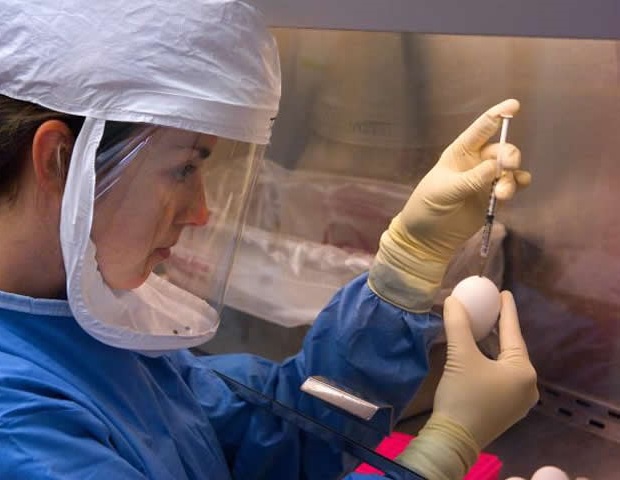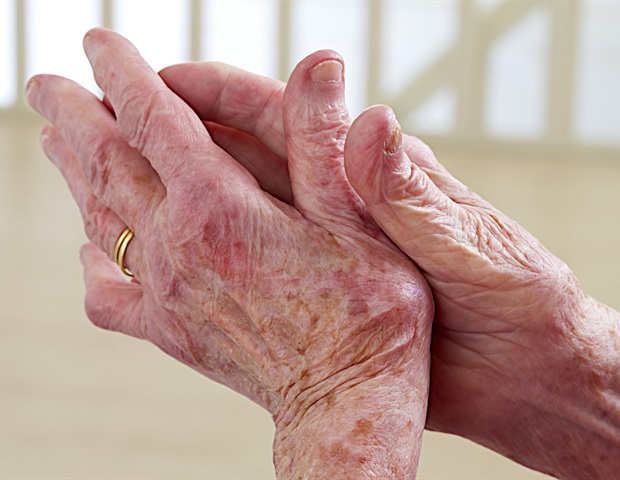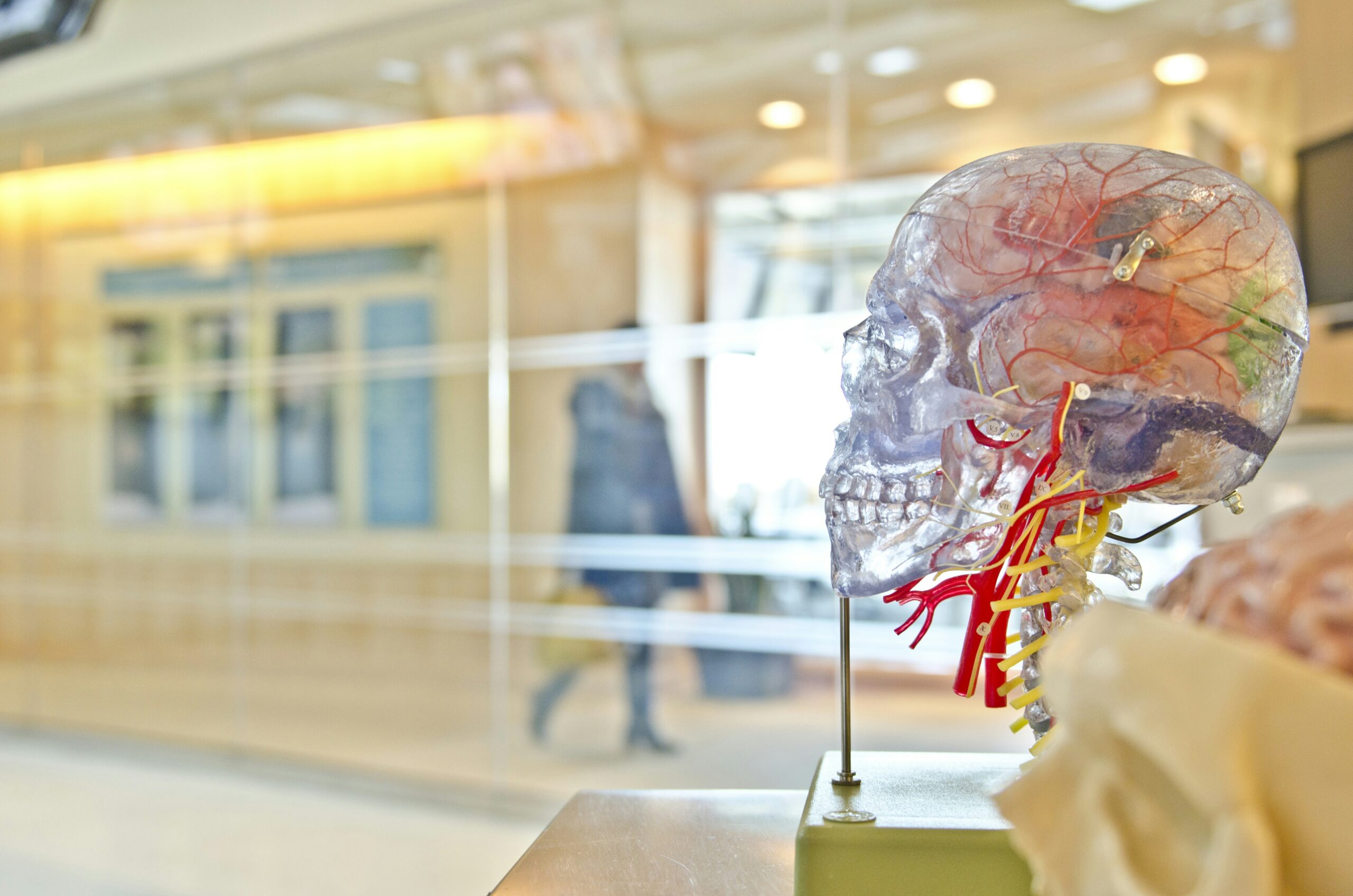Background and objectives
Peginterferon-α treatment exhibits low rates of the serological conversion rate of hepatitis B e antigen (HBeAg) and the negative conversion rate of hepatitis B virus (HBV) DNA, with significant…

Peginterferon-α treatment exhibits low rates of the serological conversion rate of hepatitis B e antigen (HBeAg) and the negative conversion rate of hepatitis B virus (HBV) DNA, with significant…

For countless millions across the globe, commuting to work or school is an everyday routine. But during a pandemic, the practice can contribute enormously to the spread of infectious disease, a fact that many traditional…

(Bloomberg) — Asian stocks advanced after three days of losses, as optimism over a potential Federal Reserve interest-rate cut lifted sentiment and outweighed renewed US-China trade tensions.
MSCI’s regional stock gauge gained 1.3% after Fed Chair Jerome Powell’s concerns about a weakening labor market reinforced expectations for an October rate cut. Futures on the S&P 500 and Nasdaq 100 rose 0.1% as investors shrugged off trade-war concerns after President Donald Trump said he might stop trade in cooking oil with China.
The offshore yuan extended its gains after China boosted its currency defense on Wednesday amid a trade spat. A gauge of the dollar weakened and gold set a new peak. Treasury two-year yields hovered near their lowest levels since 2022 while crude oil was near a five-month low.
Since the tariff-fueled selloff in April, global stocks have rebounded sharply, buoyed by optimism over artificial intelligence and expectations of further monetary easing following the Fed’s September rate cut. That rally, however, faces headwinds as trade tensions between the US and China resurface, with both sides stepping up rhetoric and signaling possible new restrictions on key technology.
“Macro uncertainty remains the key overhang for risk assets,” said Dilin Wu, a strategist at Pepperstone Group, in a note. “With rate-cut bets and solid earnings underpinning sentiment, I believe the downside for US stocks remains limited.”
In China, the currency gained after the central bank set the so-called yuan fixing at 7.0995 per dollar, stronger than the closely watched 7.1 per dollar level amid mounting trade tensions with the US. It’s the first time since November that the central bank has set the yuan fixing stronger than 7.1 per dollar, after holding that line since late August.
“A fix below 7.10 sends a strong message of strength,” said Fiona Lim, a senior foreign-exchange analyst at Malayan Banking Bhd. in Singapore. “A strong yuan is symbolic of how China is in a position of strength for any negotiations or tit-for-tat escalations.”
What Bloomberg strategists say…
Fed dovishness is driving a fresh bout of dollar weakness, which also clears the path for hedging strategies centered on gold. The theme of buying stocks despite AI bubble fears — and adding to bullion holdings in case those fears become reality — looks to be getting a fresh run.
— Garfield Reynolds, MLIV Team Leader. For full analysis, click here.
Also, China’s deflation eased in September, leaving the country on track for the longest streak of economy-wide price declines since market reforms in the late 1970s.
Earlier, Powell signaled the US central bank is on track to deliver another quarter-point interest-rate cut later this month, even as a government shutdown significantly reduces its read on the economy.
Swap contracts are pricing in roughly 1.25 percentage points of rate cuts by the end of next year, from the current range of 4%-4.25%.
Powell said the economic outlook appeared unchanged since policymakers met in September, when they lowered rates and projected two more cuts this year. Boston Fed President Susan Collins also said the US central bank should continue lowering rates this year to support the labor market.
“Markets viewed Fed Chair Powell’s speech as consistent with continued rate cuts over the coming FOMC meetings this year,” ANZ Group Holdings Ltd. analysts Brian Martin and Daniel Hynes said in a note.
While Powell’s remarks set the tone for trading, investors were also monitoring a series of trade-related developments.
US Trade Representative Jamieson Greer predicted that heightened tensions with China over export controls would ease, following talks between representatives of the two countries. Trump, too, sounded cautiously optimistic that a positive outcome could be reached.
“We have a fair relationship with China, and I think it’ll be fine. And if it’s not, that’s OK too,” Trump told reporters Tuesday at the White House. “We have a lot of punches being thrown, and we’ve been very successful.”
Elsewhere, the European Union is considering forcing Chinese firms to hand over technology to European companies if they want to operate locally, in an aggressive new push to make the bloc’s industry more competitive.
Attention in Asia is also on Japan. Investors are cautious going into the country’s 20-year government bond auction on Wednesday as the shock collapse of the ruling coalition fuels fresh political uncertainty.
Longer-maturity bonds plunged after Sanae Takaichi’s surprise victory in the Liberal Democratic Party election earlier this month, while prospects for her becoming prime minister diminished after the rupture of the 26-year alliance last week.
Amid the political uncertainty, the heads of Japan’s main opposition parties are expected to discuss Wednesday whether they can close policy gaps and pick a candidate of their own for the nation’s premiership.
Corporate News:
Asian luxury-goods stocks rose after LVMH sales unexpectedly returned to growth in the third quarter as shoppers splurged on Moët & Chandon Champagne and Dior perfumes, suggesting a persistent slump in luxury demand is easing. Apple Inc. is preparing to expand its manufacturing operations in Vietnam as part of a push into the smart home market and an ongoing effort to lessen its dependence on China. Stellantis NV will invest $13 billion in the US over the next four years, as it seeks to reinvigorate business in the critical market and curb the impact of tariffs. Some of the main moves in markets:
Stocks
S&P 500 futures rose 0.2% as of 11:57 a.m. Tokyo time Japan’s Topix rose 1.3% Australia’s S&P/ASX 200 rose 0.9% Hong Kong’s Hang Seng rose 0.9% The Shanghai Composite was little changed Euro Stoxx 50 futures rose 0.9% Currencies
The Bloomberg Dollar Spot Index fell 0.2% The euro rose 0.2% to $1.1626 The Japanese yen rose 0.5% to 151.06 per dollar The offshore yuan rose 0.2% to 7.1277 per dollar Cryptocurrencies
Bitcoin fell 0.1% to $112,935.06 Ether was little changed at $4,120.94 Bonds
The yield on 10-year Treasuries declined two basis points to 4.01% Japan’s 10-year yield was little changed at 1.650% Australia’s 10-year yield declined two basis points to 4.21% Commodities
West Texas Intermediate crude fell 0.4% to $58.49 a barrel Spot gold rose 0.8% to $4,174.25 an ounce This story was produced with the assistance of Bloomberg Automation.
–With assistance from Ran Li and Iris Ouyang.
©2025 Bloomberg L.P.

About 100,000 of the estimated million people in the United States with multiple sclerosis (MS) have a progressive form of the disease, with symptoms that worsen continuously or after periods of remission.
“Progressive MS is…

A friend’s struggles with arthritis and the finger braces used to manage it inspired research by a Carnegie Mellon University student that could make it easier for patients to follow rehabilitation plans, speed up recovery times and…

Scientists have repaired a natural gateway into the brains of mice, allowing the clumps and tangles associated with Alzheimer’s disease to be swept away.
After just three drug injections, mice with certain genes that mimic Alzheimer’s showed…

Darwin Quiroz is exploring new frontiers in miniature lasers with major biomedical applications.
When Quiroz first started working with optics as an undergraduate, he was developing atomic magnetometers. That experience sparked a growing…

Sweden has diverged from several European peers in its autumn COVID-19 vaccination strategy, prompting criticism from medical experts and raising questions about the balance between public health and fiscal prudence.
As transmission rates remain…

Uncontrolled bleeding during surgery remains one of the deadliest medical emergencies. Injuries to internal organs such as the liver or spleen are especially dangerous because bleeding is difficult to control and often…